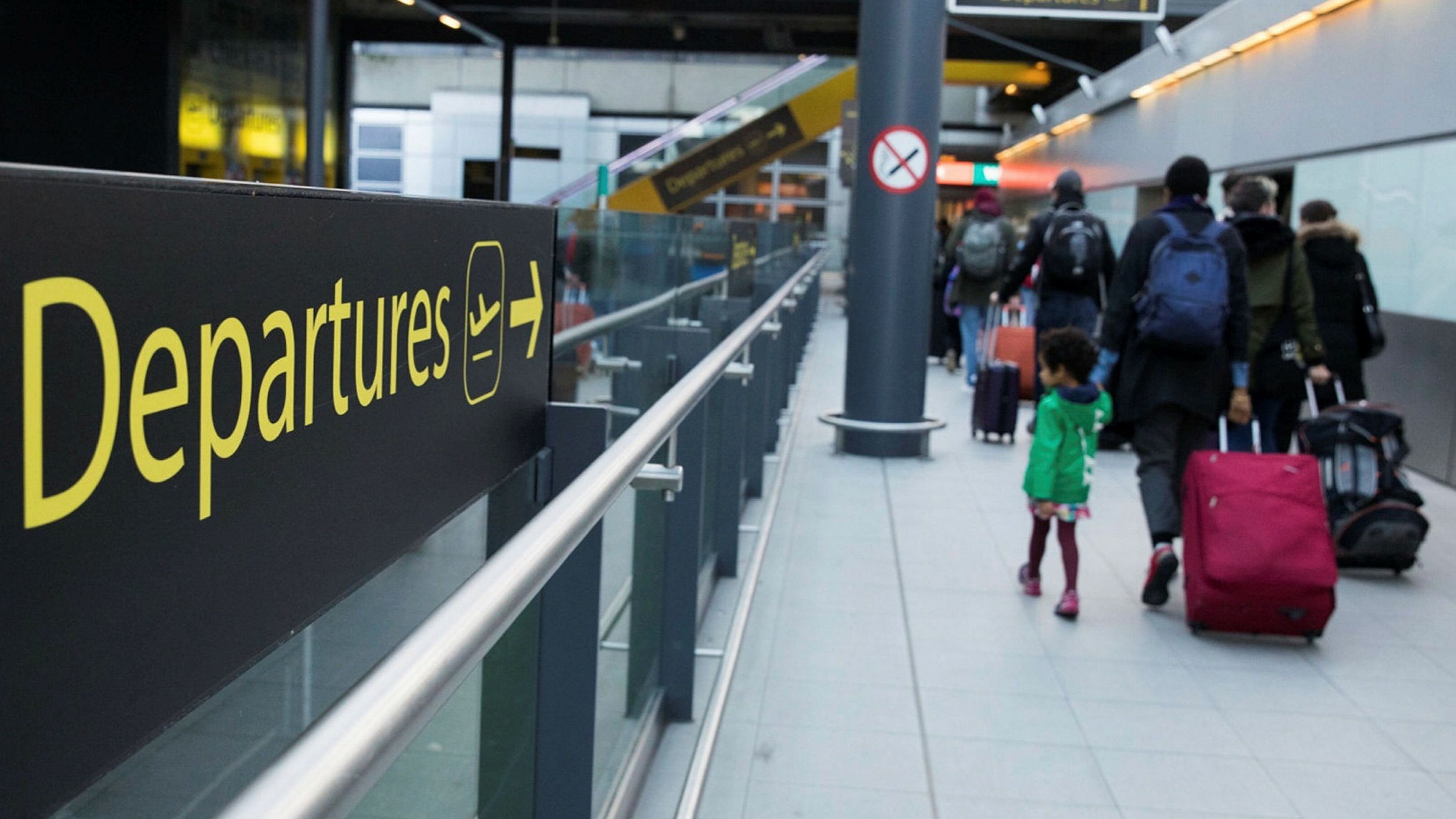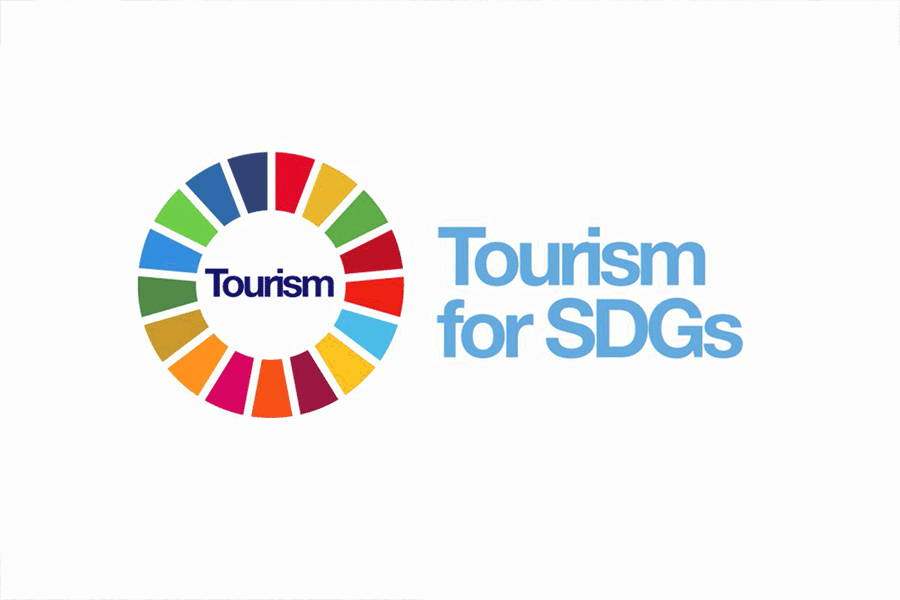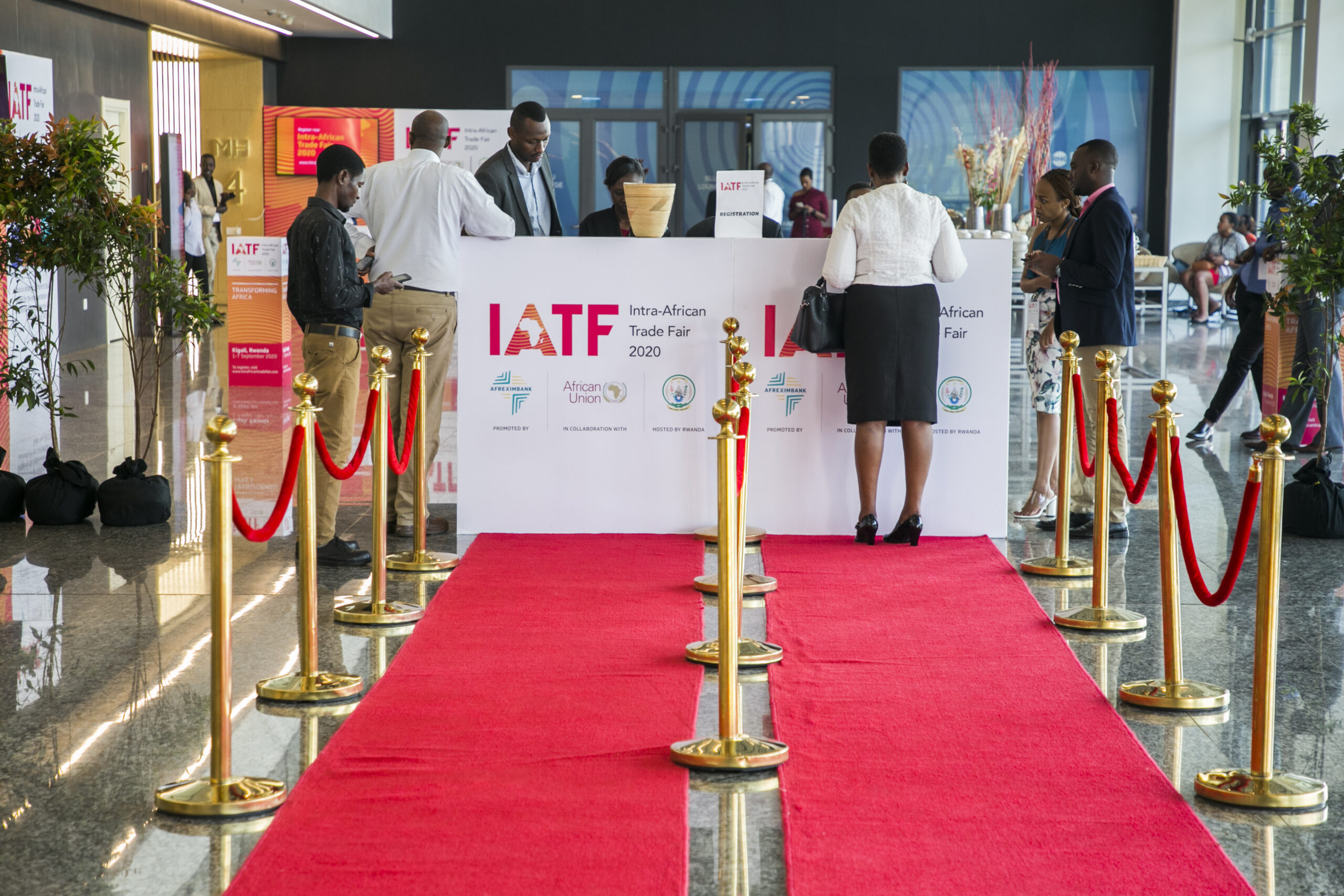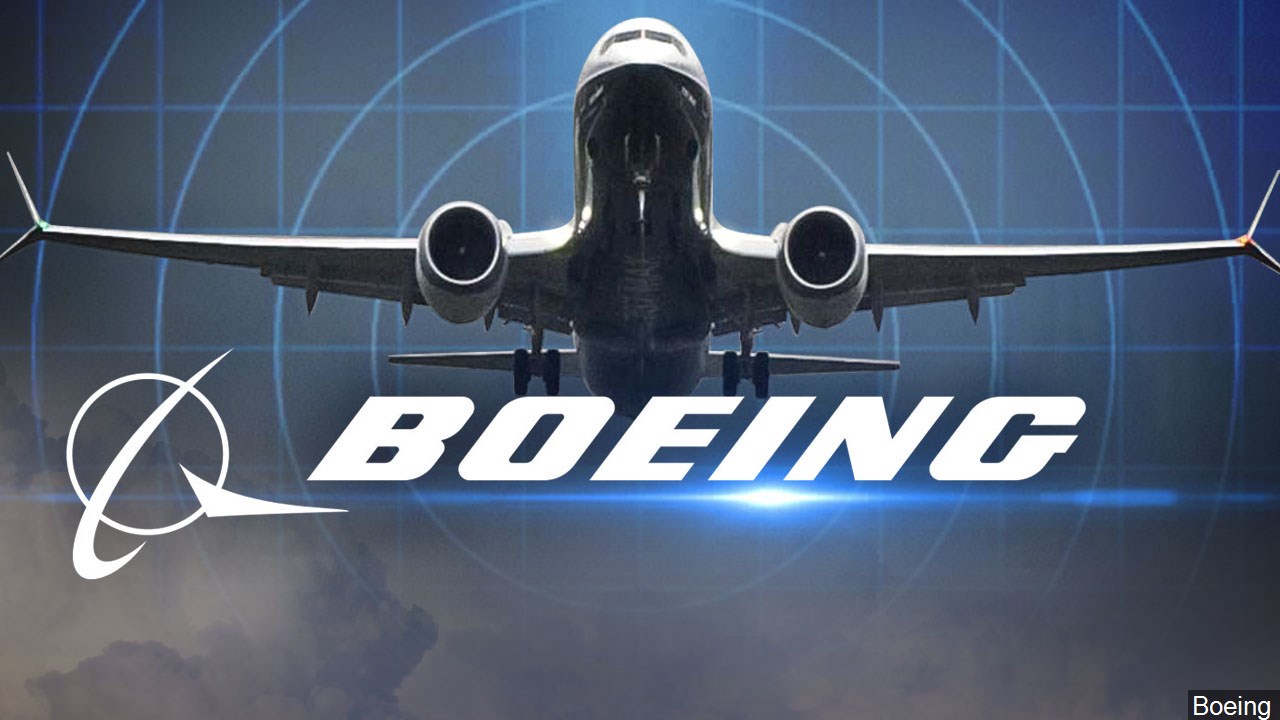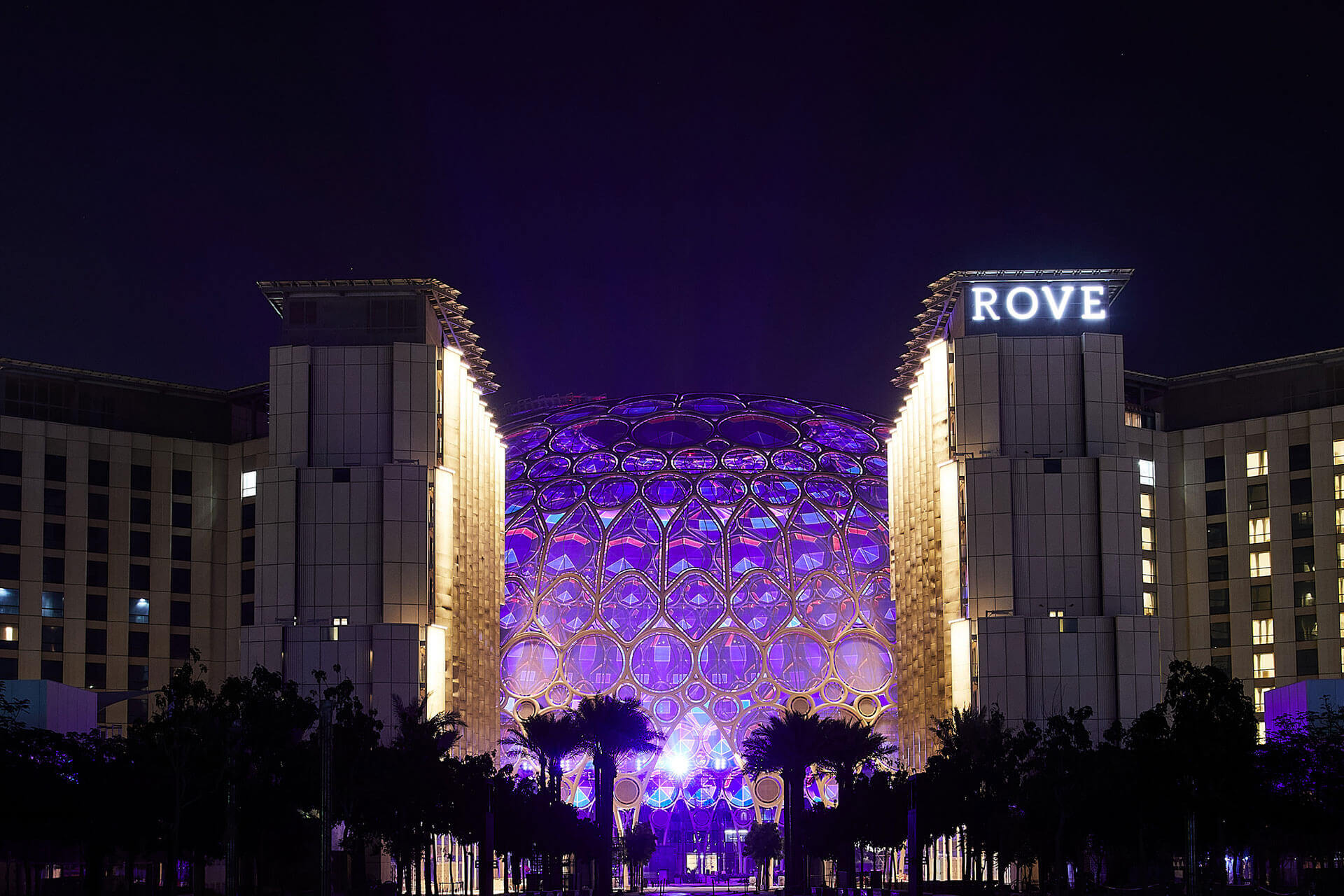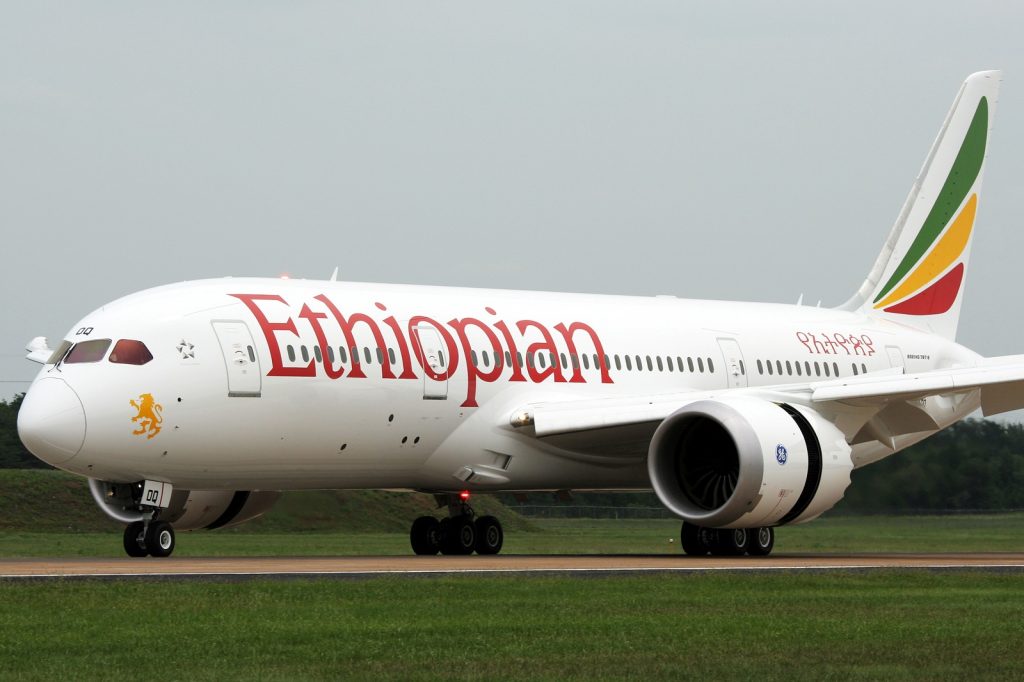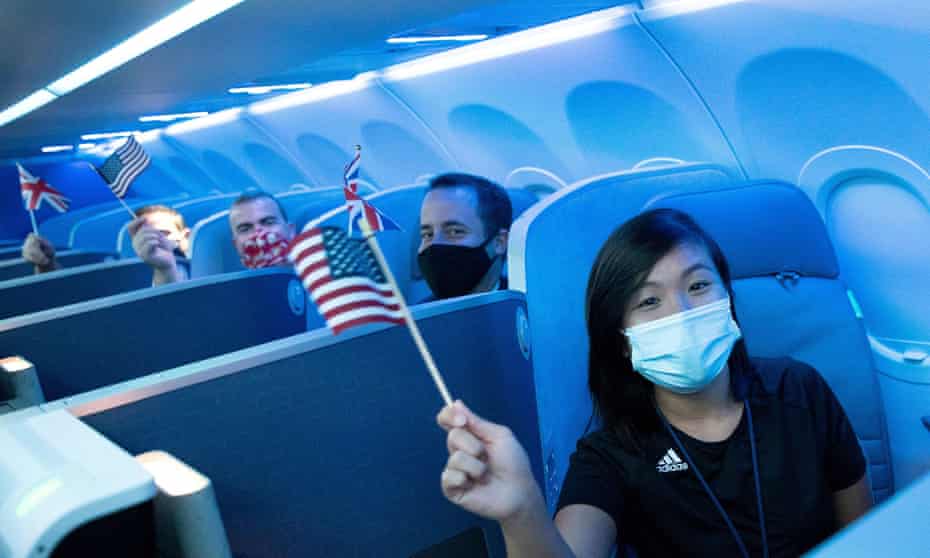During the first week of October, when the Taliban takeover of the country and the ensuing chaos were still fresh in the minds of Expo 2020 Dubai visitors, the Afghanistan pavilion found itself in a conspicuous position despite being closed.
However, the unit has been open since then, thanks in part to the support of the host government. It is the same story for the pavilions of Lebanon, Yemen, Syria and the Bahamas.
On display inside the Afghanistan pavilion, located in the Sustainability District, is an impressive collection of carpets, precious stones, daggers, antique jewelry and traditional attire — totems of a country with a diverse cultural heritage, the result of being a crossroads of many civilizations and empires for centuries.
The collection belongs to Omar Rahimy, who fled Afghanistan in 1978 at the urging of his father to escape the turmoil that followed the communist takeover. When Rahimy left for Austria, he took items from his father’s antiques shop in Kabul, which have now found their way to the expo pavilion.
The opening of the Afghanistan pavilion was the result of efforts by the UAE government, coupled with the commitment and dedication of Rahimy himself, sources told Arab News.
While the host government provided generous support, Rahimy went out of his way to prevent the pavilion falling victim to the vagaries of Afghanistan’s politics.
The rationale behind underwriting the construction and maintenance of pavilions of states in the grip of severe economic or governance crisis is to avoid any country going unrepresented at Expo 2020 Dubai, the latest iteration of a global event that aims to educate the public, share innovation, promote progress and foster cooperation.
It is part of the expo’s mission to make sure all the world’s 192 countries (as designated by the UN) are present in Dubai through their own specially designed pavilion.
As a result, Expo 2020 Dubai can justifiably claim to be the first ever World Expo in which all nations are represented and where no participating entity is at a disadvantage in terms of opportunity and economic possibility.
Like Afghanistan, Lebanon’s inclusion is a remarkable feat given the political, economic and social challenges the country faces, which run from power outages, fuel shortages and civil unrest to the collapse of the central banking system
Inside the Lebanon pavilion, located in the Opportunity District, are showpieces of the country’s rich creative scene, including artworks, design objects, crafts, fashion and food.
“Our pavilion space and its construction took place thanks to a generous grant from the UAE to Lebanon,” Mohammed Abu Haider, Lebanon’s director general at the Ministry of Economy, said.
“It wasn’t a surprise to us because the UAE has always stood by Lebanon and its people through good and bad times. We are truly thankful, especially since without this grant Lebanon would have been unrepresented at the world’s largest expo.”
The pavilion provides a platform for Lebanon’s manufacturers and dealers to network as well as explore new avenues of trade and cooperation.
“Being situated in the Opportunities District of the expo allows Lebanon to meet other cultures, visions and success stories in order to tap into every available opportunity that can benefit the Lebanese economy and the Lebanese people,” Abu Haider said.
Syria’s pavilion is another case in point. Located in the Sustainability District, the structure pays homage to the country’s heritage as the cradle of some of the world’s earliest known alphabets and musical notation, alongside contemporary arts and designs under the theme “We will rise together.”
The UAE paid for the entire pavilion.
“Syria has been going through a crisis since the civil war started in 2011,” Hala Khayat, adviser to the Syrian pavilion, said.
“Participating in Expo 2020 Dubai was a dream that, as a nation, we did not originally think possible because we had internal issues to solve. However, thanks to the generosity of the UAE that paid for the pavilion, we were lucky to open a new chapter to show the best of Syria to the world.”
Through its pledge of “one nation, one pavilion,” the UAE made available architectural and design guidance to make sure that every country is represented.
Often at global events, participation is dependent on a nation’s economic means and cultural influence. Those that come up short tend to get relegated to the sidelines or excluded altogether.
“At the Milan Expo in 2015, I remember how most African countries were placed in a large hall with no distinct features,” Ahmed Al-Enezi, senior manager for arts and culture at Expo 2020, said.
“It’s an incredible feat that the UAE has allowed for every country to be represented no matter what economic hardship and conflicts they are undergoing.”
Expo 2020’s mission is to offer a global platform for “cross-pollination” between cultures, Maha Al-Gargawi, an Expo 2020 Dubai spokesperson, said.
“There are 192 countries participating which not only makes this the most international World Expo, but the most inclusive,” she said.
It is not just the UAE’s Middle Eastern and Central Asian neighbors who have benefited from grants and support. Take the Bahamas, an archipelago and country on the northwestern edge of the West Indies.
Although the Bahamas is well known for its luxury tourism and offshore-banking industries, its economy is grappling with an unprecedented crisis wrought by a combination of natural disasters and the COVID-19 pandemic.
“The Bahamas originally started as a self-build participant in Expo 2020 Dubai to construct a 15,000 sq ft pavilion in conjunction with architectural students from the University of the Bahamas,” Tony S. Joudi, the Bahamian ambassador to the UAE and Qatar, said.
“But since the time of that commitment, a major hurricane hit the Bahamas and caused severe devastation to our economy’s infrastructure and left thousands of people dead with many others homeless.
“This was followed in 2020 by the COVID pandemic which didn’t spare the Bahamas and thus caused another major setback in the health system, adding a further dent to the economy and devastating the lives of the Bahamian people.”
Located in the Sustainability District, the pavilion’s message is tied to Expo 2020 Dubai’s collective vision of working in harmony with the environment to live more sustainably.
“The UAE has been extremely supportive, generous, and passionate about our cause and helped the Bahamas in many ways … granting all the rights and privileges given to any friend in need,” said Joudi.
Al-Gargawi, the Expo 2020 Dubai spokesperson, put it this way: “Every country has a voice, and every country has an equal standing here. It’s the first time in World Expo history that countries are not segregated by their economy or their geography. It’s one nation for one pavilion unit.
“This stems from the vision of the leaders of the UAE who believe that the city of Dubai and the UAE is a platform for the whole world and that is what Expo 2020 tried to do.”
Source: Arab News




